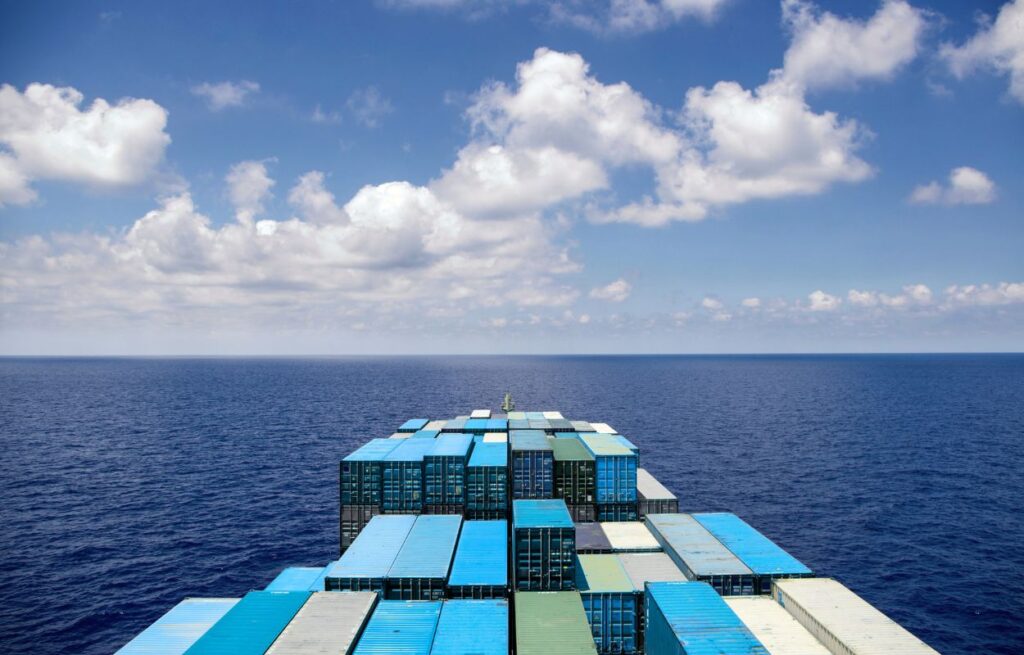From the Russia-Ukraine conflict to rising tensions in the Middle East, and the ongoing struggle to achieve net zero, the geopolitical landscape is in constant flux. As the world becomes increasingly volatile, the burden on commodities risk management systems grows, with heightened regulations and evolving compliance requirements adding even more pressure. In this article, we’ll look at how political forces are shaping the E/CTRM landscape and what it means for businesses trying to mitigate risk, stay compliant, and maintain an edge in an increasingly unpredictable world.
Geopolitics drives commodities markets
With the spotlight on net zero, it seems every major commodities company now features wind turbines on their homepage – even those still primarily trading in oil and gas. While the evidence for climate change is clear, it would be naïve to think these companies would be as committed without external pressure from governments, especially given that some were previously known for silencing climate scientists. The reality is, the shift we’re seeing today is driven by politics.
Dr Gary M. Vasey, Managing Partner at Commodity Technology Advisory, and a key figure in naming the E/CTRM software category, explains that “Politicisation has really become the number one risk and opportunity in commodities. Just like the commodity markets, politicians shift in direction. They like to be reelected, so they try to be popular, and that makes them volatile.”
Consider how countries like Germany and Austria appear to be shifting further to the right, or how, with the US elections fast approaching, the nation’s future could take dramatically different paths depending on whether Harris or Trump wins. The outcome of these elections and the resulting governments will have a significant impact on the future of commodity markets.
But, what does this mean for E/CTRMs?
Increased complexity
Think the E/CTRM space is already complicated enough? Well, the challenges are only set to intensify. In the days of coal-fired power stations, energy analytics were relatively straightforward. Now, with a wider range of energy sources such as wind and solar, output has become more unpredictable. And to top it all off, there’s a growing number of weird and wonderful trading instruments:
- Renewable certificates: These prove that energy was generated from renewable sources.
- Carbon offsets: Credits that compensate for emissions by funding reduction projects.
- Power Purchase Agreements (PPAs): Long-term contracts for buying renewable energy at a fixed price.
- Virtual Power Plants (VPPs): Systems that combine small, decentralised energy sources, like solar panels and batteries, to operate as a single power plant.
- Environmental impact derivatives: Instruments to hedge risks related to environmental outcomes.
These instruments, reflecting sustainability and regulatory pressures, add new layers to trading strategies and risk management.
Death, taxes, and regulations
These are the only things guaranteed in life. One regulation to watch closely, particularly affecting soft commodities like wood, cocoa, soy, and palm oil, is the European Union Deforestation Regulation (EUDR). As of 29 June 2023, traders have 18 months to ensure that the products they place on or export from EU markets do not contribute to deforestation.
This regulation has various implications for the CTRM space, including the need for enhanced traceability and compliance reporting. CTRM systems will have to ensure they can track commodities back to their origins, integrating deeply with supply chain data. They’ll also need to enable traders to generate detailed reports proving compliance. Without these capabilities, end clients risk non-compliance, potentially facing fines or exclusion from EU markets. For more insights, tune into Dr Vasey’s CTRMRadio podcast episode, EUDR: How Will Commodity Management be Impacted?
Opportunity
As Dr Vasey explains, the landscape of players in the commodities sector has evolved significantly. Today, there are many more smaller commodities companies compared to middle or top-tier firms.
“In the past, smaller companies could manage everything on Excel spreadsheets or build a quick and dirty solution internally. But with all the regulations and a more risk-averse stakeholder environment, these companies are now turning to E/CTRMs.”
As manual data entry becomes increasingly impractical for smaller companies, new E/CTRM vendors have emerged to fill the gap. Innovative software-as-a-service solutions are now attracting business from these firms.
More competition
Dr Vasey highlights that geopolitical shifts are types of dislocation events. These are disruptive events that significantly alter market dynamics, forcing vendors to adapt. Dislocation events are becoming increasingly regular, typically occurring every two to three years. Take for example, carbon regulations, sustainability initiatives, deforestation concerns, and labour movements – these are all examples of how changes in politics are shaping the E/CTRM landscape.
In the wake of dislocation events, some vendors struggle, while others, especially those well-funded or backed by loyal customers, navigate the changes successfully. This environment also creates opportunities for new entrants from sectors like fintech, and so, unlike typical markets that often consolidate into just a few big players, the E/CTRM space features around 100 vendors alongside giants like ION and SAP.
The future
As we look ahead, businesses and E/CTRM vendors must constantly adapt to stay relevant and compliant. With the geopolitical climate in constant flux, changes can happen in the blink of an eye. This volatility means that regulations can pop up just as quickly as they disappear, making it crucial to consider operational risk.
As Dr Vasey notes, “We’ve got to start planning a lot more, which includes doing more scenario stress testing on portfolios. We need to be ready for the 100-year event happening every two years. To me, bring it on. It not only makes my job more interesting when software vendors have more to consider, but it also drives innovation as people work to solve these problems in real time.”
Embracing this approach will help you identify more opportunities while effectively mitigating your risks.
Looking for more insights?
Get exclusive insights from industry leaders, stay up-to-date with the latest news, and explore the cutting-edge tech shaping the sector by subscribing to our newsletter, Commodities Tech Insider.




